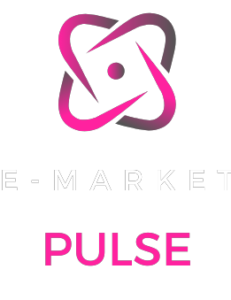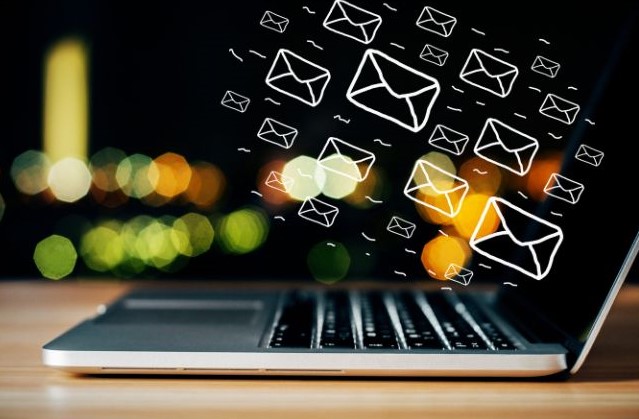

The Power of Email Marketing for Creators
Introduction:
In the dynamic landscape of online selling, where competition is fierce and attention spans are fleeting, the power of email marketing for creators cannot be overstated. For e-sellers who make or design their own products, particularly those on platforms like Etsy, cultivating a direct and personal connection with customers is essential for sustained success. This article delves into the transformative potential of email marketing, providing insights and strategies tailored for creators to leverage this powerful tool in building relationships, driving sales, and fostering brand loyalty.
Building and Nurturing Customer Relationships:
1.Personalized Communication:
Craft personalized messages. Use customer names, recommend products based on past purchases, and tailor content to individual preferences.
2.Storytelling through Emails:
Incorporate storytelling. Share the story behind your brand, the inspiration for your creations, and the craftsmanship involved in each product.
3.Exclusive Content and Offers:
Offer exclusive content. Provide subscribers with early access to new products, special discounts, or behind-the-scenes content as a token of appreciation.
GET EXCLUSIVE ACCESS TO OUR EXPERTS CREATOR'S CORNER TIPS AND ADVICE:
- Get AHEAD of the Competition.
- FREE Membership to Mia’s Weekly Insiders secrets.
- FREE tailored resources and gifts.
- PLUS qualify to receive personal email support.

* We respect your privacy. We will not spam you.
Segmentation for Targeted Campaigns:
1.Customer Segmentation:
Segment your email list. Group subscribers based on factors like purchase history, preferences, or engagement level to send targeted and relevant campaigns.
2.Tailored Content for Segments:
Tailor content for each segment. Craft emails that speak directly to the interests and needs of specific customer groups, increasing engagement and conversions.
Automated Email Campaigns:
1.Welcome Series:
Implement a welcome series. Introduce new subscribers to your brand, share your story, and guide them through the unique offerings of your products.
2.Abandoned Cart Emails:
Utilize abandoned cart emails. Remind customers about items left in their carts, offering an incentive to complete the purchase and reduce cart abandonment.
3.Post-Purchase Follow-ups:
Send post-purchase follow-ups. Express gratitude, gather feedback, and recommend related products to enhance the customer experience and encourage repeat business.
Designing Engaging Email Content:
1.Eye-Catching Visuals:
Invest in eye-catching visuals. Use high-quality images of your products, vibrant colors, and an appealing layout to capture attention and showcase your brand aesthetic.
2.Compelling Call-to-Action (CTA):
Include compelling CTAs. Guide subscribers to take specific actions, such as exploring new collections, making a purchase, or sharing your emails with friends.
Growing Your Email List:
1.Incentivized Sign-Ups:
Offer incentives for sign-ups. Provide a discount, freebie, or exclusive content to encourage website visitors to subscribe to your email list.
2.Referral Programs:
Implement referral programs. Encourage existing subscribers to refer friends in exchange for exclusive rewards, expanding your email reach organically.
Metrics and Analytics:
1.Open Rates and Click-Through Rates (CTR):
Monitor open rates and CTR. Assess which emails resonate most with your audience and use insights to refine your content strategy.
2.Conversion Rates:
Track conversion rates. Analyze the effectiveness of your email campaigns by evaluating how many subscribers take the desired action, such as making a purchase.
Integrating Email Marketing with E-Commerce Platforms:
1.Syncing with Etsy:
Integrate with Etsy. Sync your email marketing platform with your Etsy store to automate processes, such as updating subscriber lists and product information.
2.Product Recommendations:
Leverage product recommendations. Use data from your e-commerce platform to suggest relevant products in your emails, enhancing personalization.
Ensuring Mobile Responsiveness:
1.Mobile-Friendly Design:
Prioritize mobile responsiveness. Design emails that look appealing and function seamlessly on various devices, considering the prevalence of mobile browsing.
2.Mobile Optimization for Purchases:
Optimize for mobile purchases. Streamline the purchasing process for mobile users, ensuring a frictionless experience from email click to completed transaction.
Compliance with Email Regulations:
1.Permission-Based Marketing:
Practice permission-based marketing. Obtain consent before sending emails and provide easy options for subscribers to manage their preferences or unsubscribe.
2.Anti-Spam Compliance:
Ensure anti-spam compliance. Familiarize yourself with regulations like the CAN-SPAM Act and GDPR, adhering to guidelines for transparent and ethical email marketing.
A/B Testing for Optimization:
1.Subject Line Testing:
Conduct subject line testing. Experiment with different subject lines to identify which ones yield higher open rates and resonate better with your audience.
2.Content Variations:
Test content variations. Experiment with different visuals, copy lengths, and layouts to determine the most effective combinations for engagement and conversions.
Creating a Consistent Email Schedule:
1.Establish a Routine:
Set a consistent schedule. Determine the frequency of your email campaigns, whether it’s weekly newsletters, monthly updates, or special occasion emails.
2.Holiday and Seasonal Campaigns:
Plan holiday and seasonal campaigns. Align your email marketing with special occasions, promotions, or seasonal trends to capitalize on increased customer activity.
Feedback Loops and Iterative Improvement:
1.Encourage Feedback:
Solicit feedback from subscribers. Include surveys or encourage replies to gather insights directly from your audience, helping refine your email strategy.
2.Iterative Improvement:
Embrace iterative improvement. Regularly review email performance, customer feedback, and industry trends to evolve your email marketing approach over time.
Conclusion:
Email marketing stands as a potent tool for creators to build lasting relationships with their audience, drive sales, and cultivate brand loyalty. By implementing personalized and strategic email campaigns, e-sellers can cut through the digital noise, directly connect with their customers, and establish a brand identity that resonates beyond individual transactions.
MORE LIKE THIS...
Bringing you the latest information, ideas, products and services for your E-commerce business.
Copyright 2024 E-Market Pulse
Contact Us
We may receive compensation from partners listed through affiliate partnerships, at no cost to you. This doesn’t influence our ratings, and the opinions are our own
Subscribe to our Newsletter
Get updates on products and services specially targeted to help you succeed.
